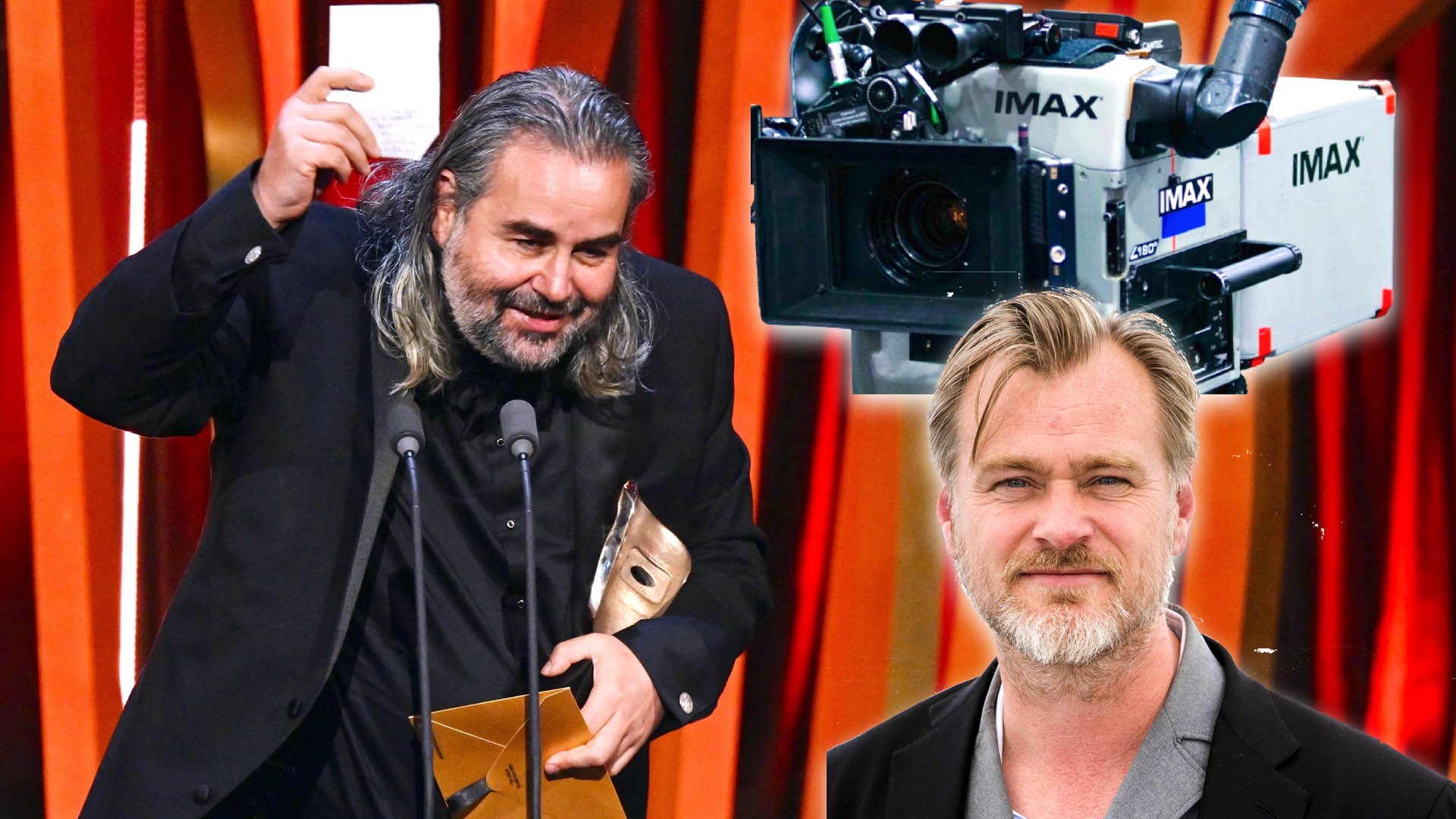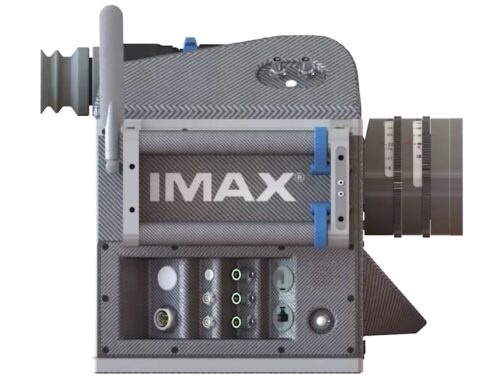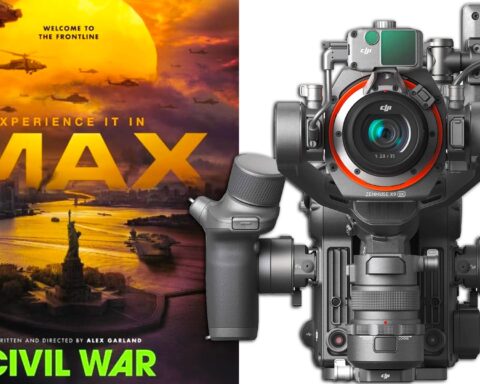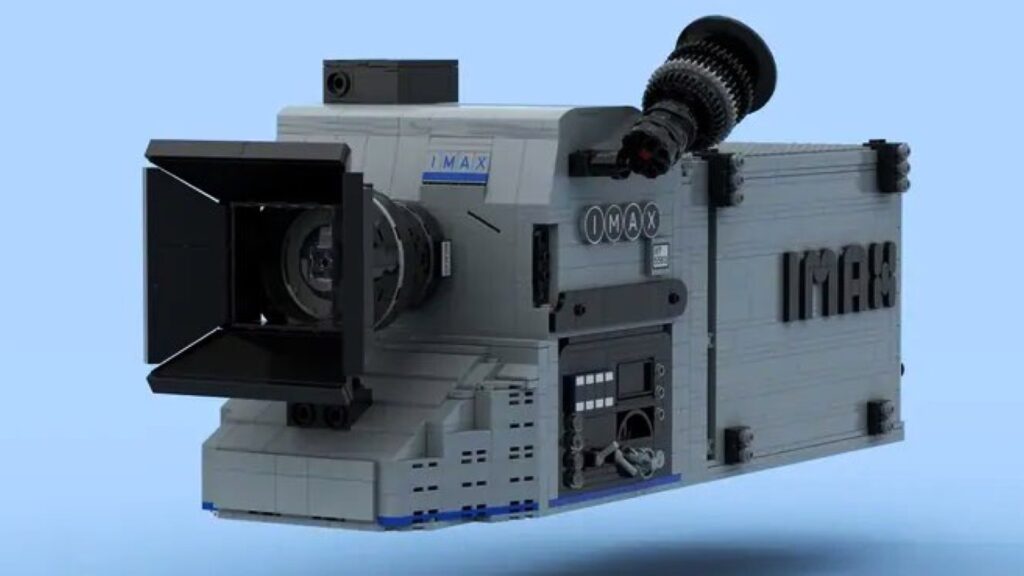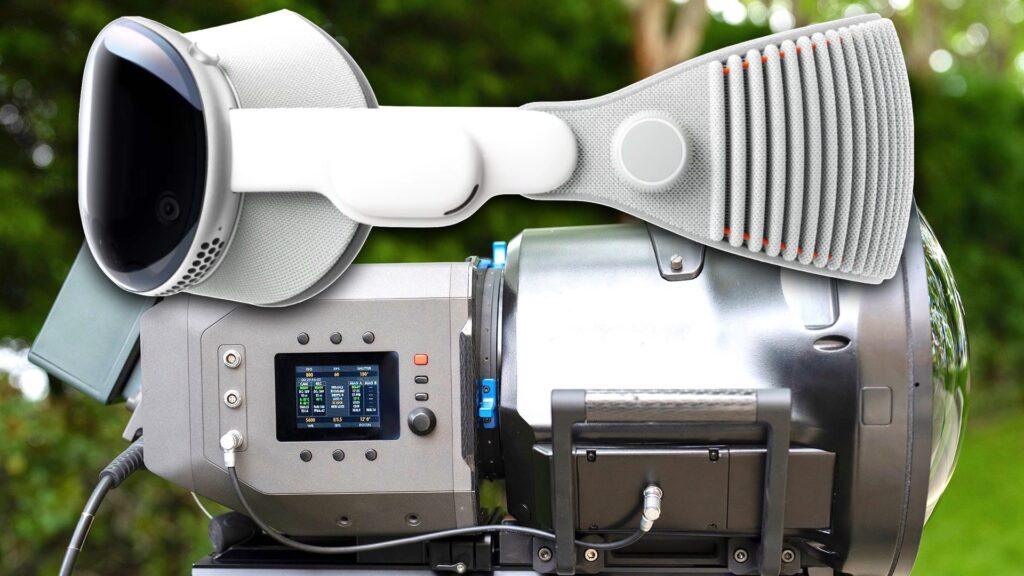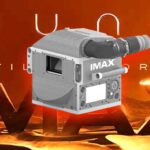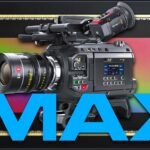As a part of his press conversation after winning the BAFTA Best Cinematography Award, Oppenheimer DP Hoyte Van Hoytema NSC FSF ASC elaborated on three fascinating subjects: Film vs. Digital, shooting large format, and working with Christopher Nolan. Read his insights below.
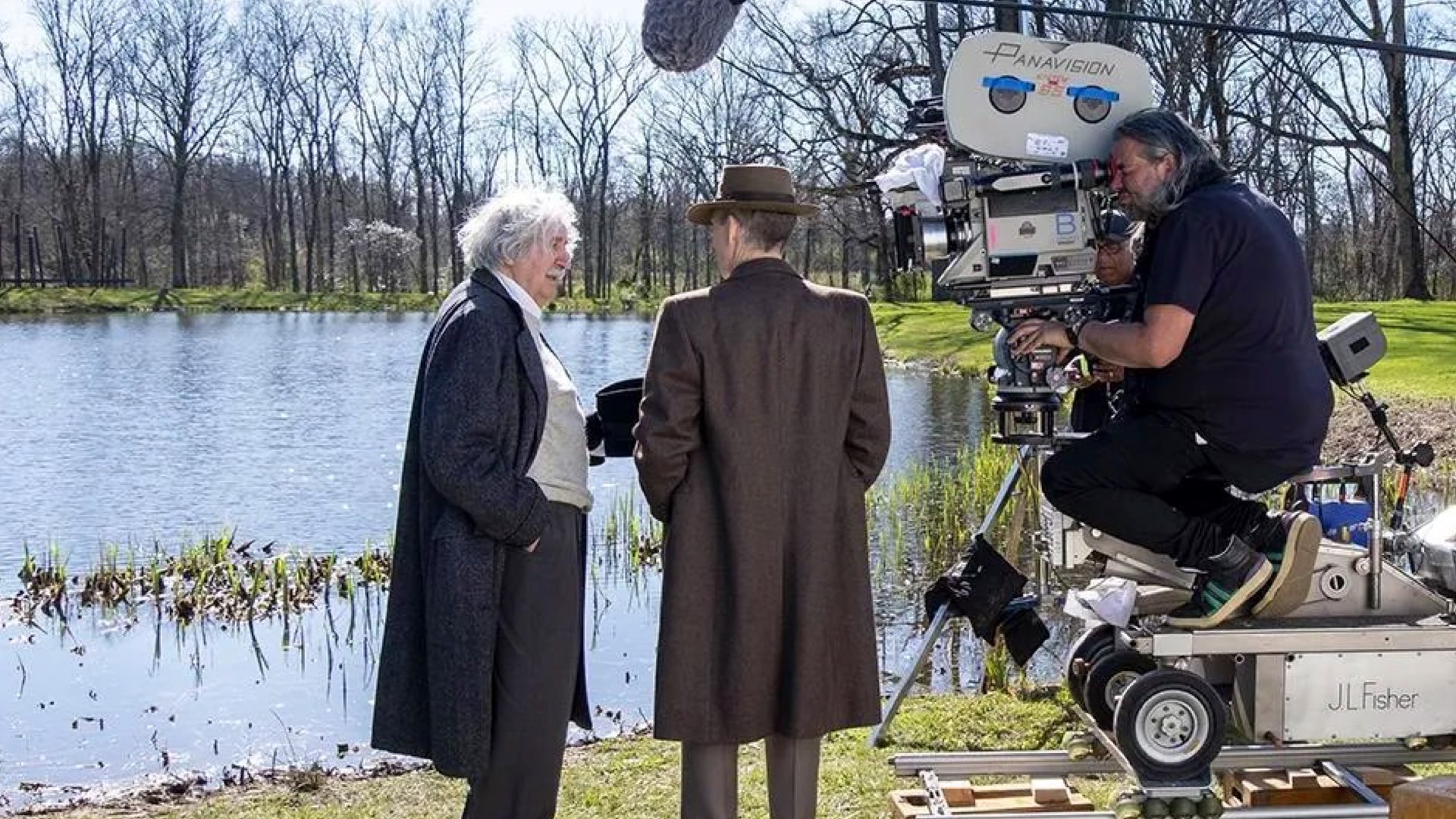
Hoytema – Press conversation
The acclaimed IMAX cinematographer Hoyte Van Hoytema NSC FSF ASC won the 77th British Academy Film and Television Arts Awards (BAFTA) Best Cinematography Award for his work on Oppenheimer. We wrote a previous article about his winning speech by citing his thoughts about shooting film (“Celluloid is alive-and-kicking”). Additionally, Hoyte elaborated more on the making of Oppenheimer at the post-ceremony press conference focusing on three topics: Film vs. Digital, shooting large format, and working with Christopher Nolan. Explore his quotes below:
Working with Nolan
Here’s what Hoyteam said about what is it like to be working with Christopher Nolan:
We’ve done four films together now. In the first film, I was very scared and didn’t know what was about to happen, but gradually we got to know each other better and got more courageous together. We’ve been traveling all over the world, inventing new stuff, making crazy movies, and finally, we did Oppenheimer and I say finally but I kind of hope that this is just sort of halfway through our journey.
Hoyte Van Hoytema NSC FSF ASC
Film vs. digital
Yet again, Hoytema emphasizes that celluloid is alive and kicking and that he doesn’t want to shoot digitally:
I really think that the way I see the world is best represented by the way film sees the world or Celluloid sees the world. There are different technologies and there’s digital technology and there’s analog technology, and they have always been immensely different for me. At some point, there was a slight threat that film was about to disappear and I couldn’t necessarily find myself in digital technology as I found myself in film, We can have a long technical conversation about why there’s still not a format that has a naturalistic way to reproduce light, and dynamics and colors as film does.
Hoyte Van Hoytema NSC FSF ASC
Shooting large format
The greatness of the large format as the winning format to tell stories:
When you shoot in a large format it’s not only that but it’s also you’re capable of shooting your film in such a high quality that is still not possible with digital technology, so for that you also need film. I think Celluloid is very important and like what I said today, four out of five films nominated and a lot more films that are not nominated were shot on film. The audience really notices that and responds differently to celluloid.
Hoyte Van Hoytema NSC FSF ASC
Biggest challenge
What was the biggest cinematography challenge on Oppenheimer?
Oppenheimer is all about faces. The challenge is to make a movie and or to make close-ups just consecutively interesting as a filmmaker is one of the biggest challenges you can have. In action scenes, you can bring out the big guns or whatever, but to shoot emotions and faces and to do that for three hours long and still be able to have enough talking power in your last closeup… I mean that’s the biggest challenge I think, and that’s something that I’ve been fighting and struggling with all along. Christopher Nolan doesn’t like to shoot movies on easy mode, and by the way that’s it’s also our job is not to make things comfortable, but to figure out what the best way is to tell a specific story. So it does help when you have good actors.
Hoyte Van Hoytema NSC FSF ASC
Wrapping up
As he says, it seems that the cinematic partnership between Hoytema and Nolan will continue in more projects, which are going to be created by Hoytema’s holly combination of Celluloid and Large format. We are getting intrigued by the future stories these two artists will create. For sure, Oppenheimer marks only half the road of the journey.


